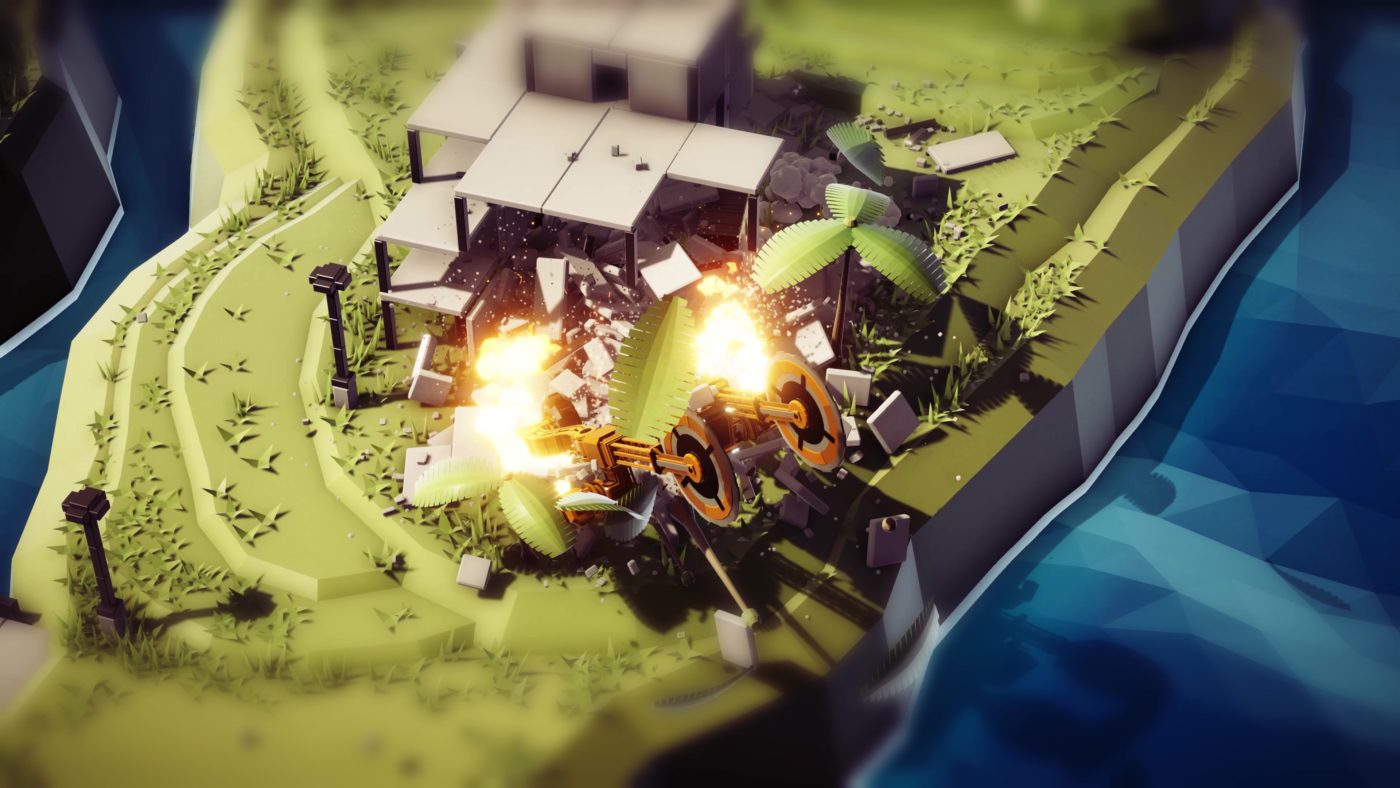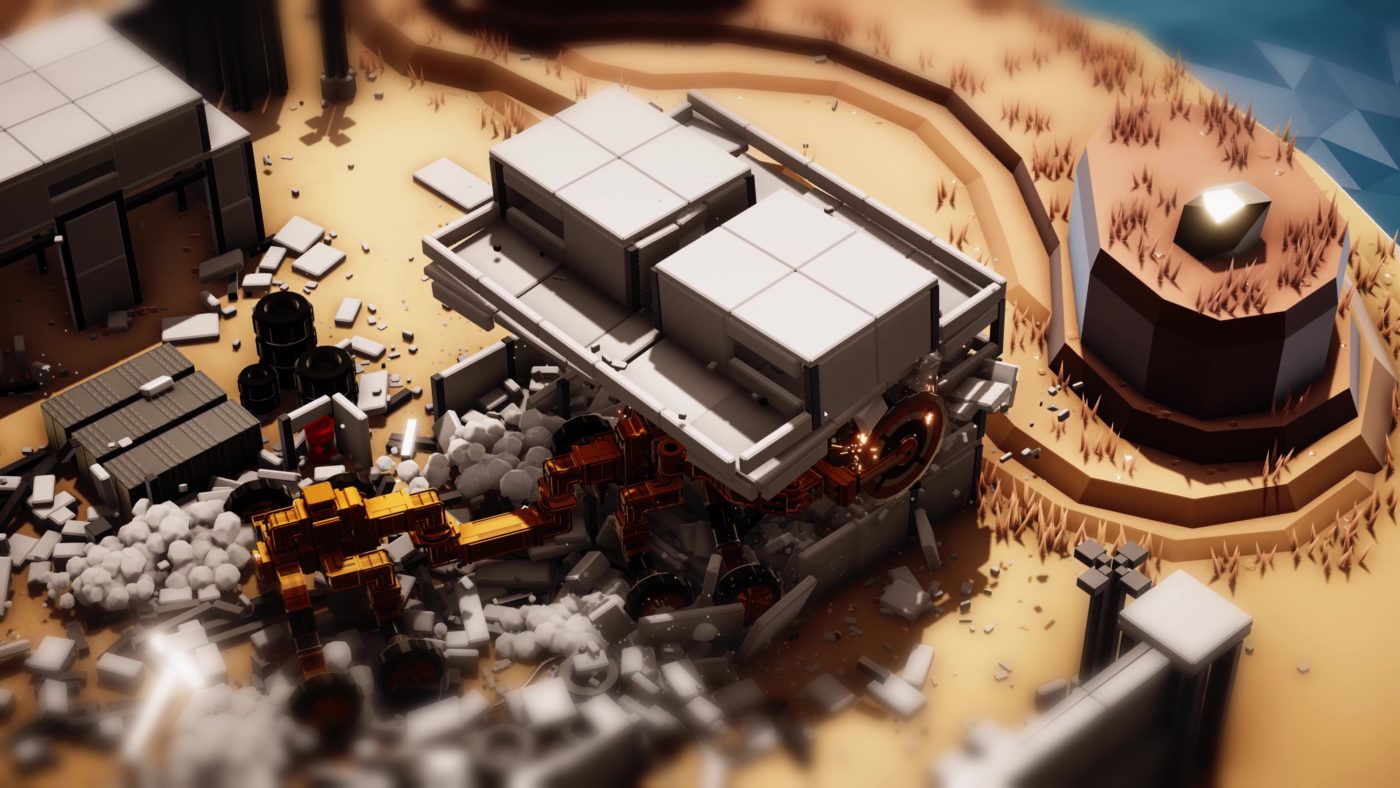

- Blaster soundwave instruments of destruction skin#
- Blaster soundwave instruments of destruction series#
- Blaster soundwave instruments of destruction free#
However, in about 20 percent of cases, the stone is greater than 2 centimeters (about one inch) and may require treatment. Most kidney stones that develop are small enough to pass without intervention. The areas most prone to trapping kidney stones are the bladder, ureters, and urethra. Other stones may have rough edges or grow as large as a pea causing extreme pain as they travel through or become lodged in the urinary tract. Some kidney stones are small or smooth enough to pass easily through the urinary tract without discomfort.
Blaster soundwave instruments of destruction free#
If the stones break free of the kidney, they can travel through, and get lodged in, the narrower passages of the urinary tract. When substances that are normally excreted through the kidneys remain in the urinary tract, they may crystallize and harden into a kidney stone. A stent may be inserted through a special scope into the urinary tract to allow stones to pass more easily. A synthetic, tubular device that may be used along with other procedures. A more invasive surgical procedure using a larger incision to directly access the stone. It involves the removal of a stone through a thin tube tunneled through a small incision in the back into the kidney. A surgical procedure for stones that cannot be treated with lithotripsy or endoscopic procedures.
Blaster soundwave instruments of destruction skin#
The shock waves travel into the body, through skin and tissue, reaching the stone where they break it into small fragments. The shock waves, which are generated by a machine called a lithotripter, are focused by x-ray onto the kidney stone.
Blaster soundwave instruments of destruction series#
Lithotripsy involves the administration of a series of shock waves to the targeted stone. Treatment for kidney stones, meaning no incision or internal telescopic As such, lithotripsy is the only non-invasive Major surgery to remove their stones could be treated with lithotripsy, and The introduction of lithotripsy in the early 1980s revolutionized the treatment of patients with kidney stone disease. In order to aim the waves, your doctor must be able to see the stones under X-ray or ultrasound. Lithotripsy allows persons with certain types of stones in the urinary system to avoid an invasive surgical procedure for stone removal.

The shock waves break a large stone into smaller stones that will pass through the urinary system. Lithotripsy treats kidney stones by sending focused ultrasonic energy or shock waves directly to the stone first located with fluoroscopy (a type of X-ray “movie”) or Lithotripsy is a noninvasive (the skin is not pierced) procedure used to treat kidney stones that are too large to pass through the urinary tract.


 0 kommentar(er)
0 kommentar(er)
